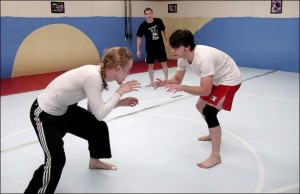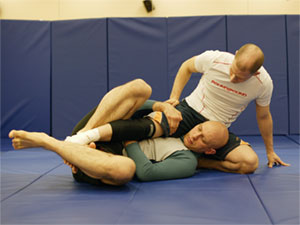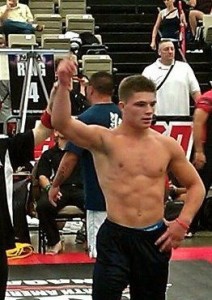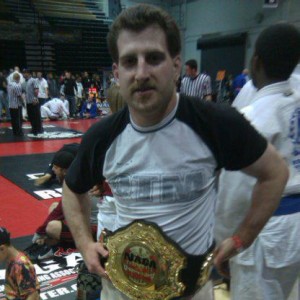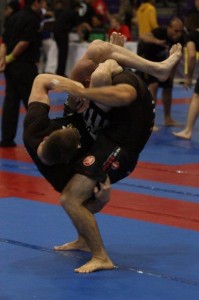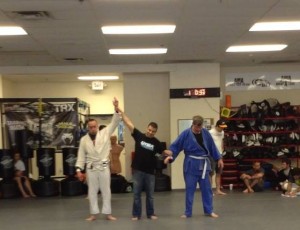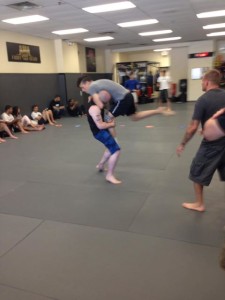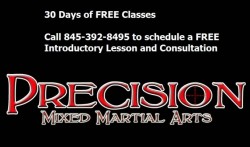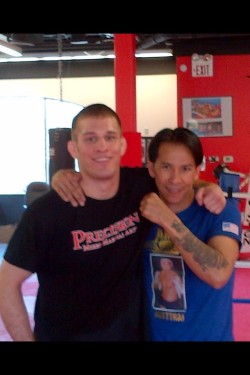If you live in the Hudson Valley and have a young child you’d like to give the gift of martial arts then be sure to check out my school Precision Mixed Martial Arts in LaGrange, NY. Precision teaches real world martial arts in a positive, safe and encouraging environment. More than just martial arts techniques, Precision builds life skills for all it’s young martial artists.
So check out the number 1 kids Hudson Valley martial arts school visit http://www.lagrangemartialarts.com


